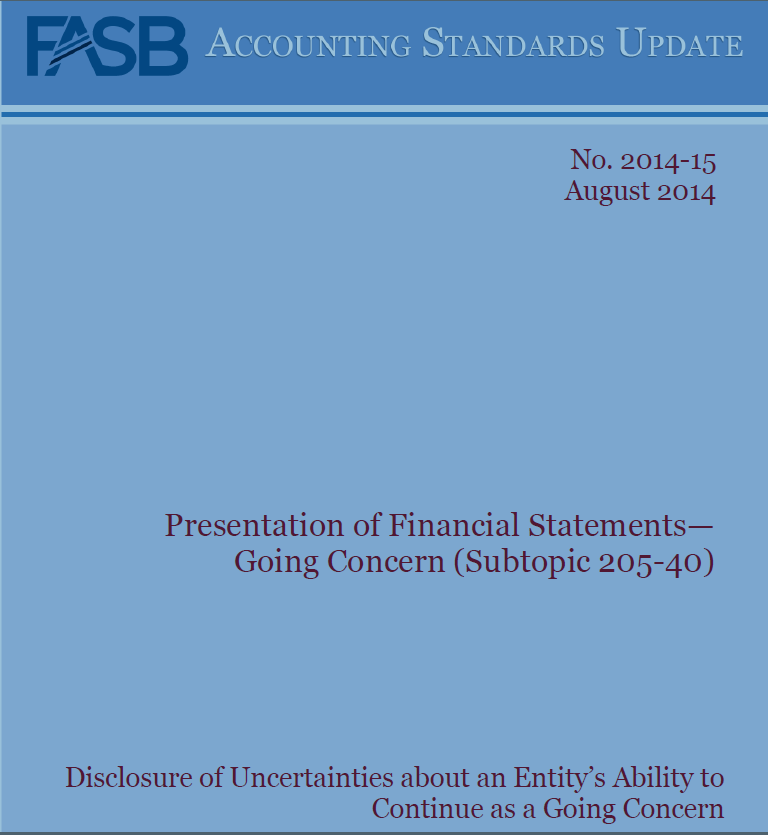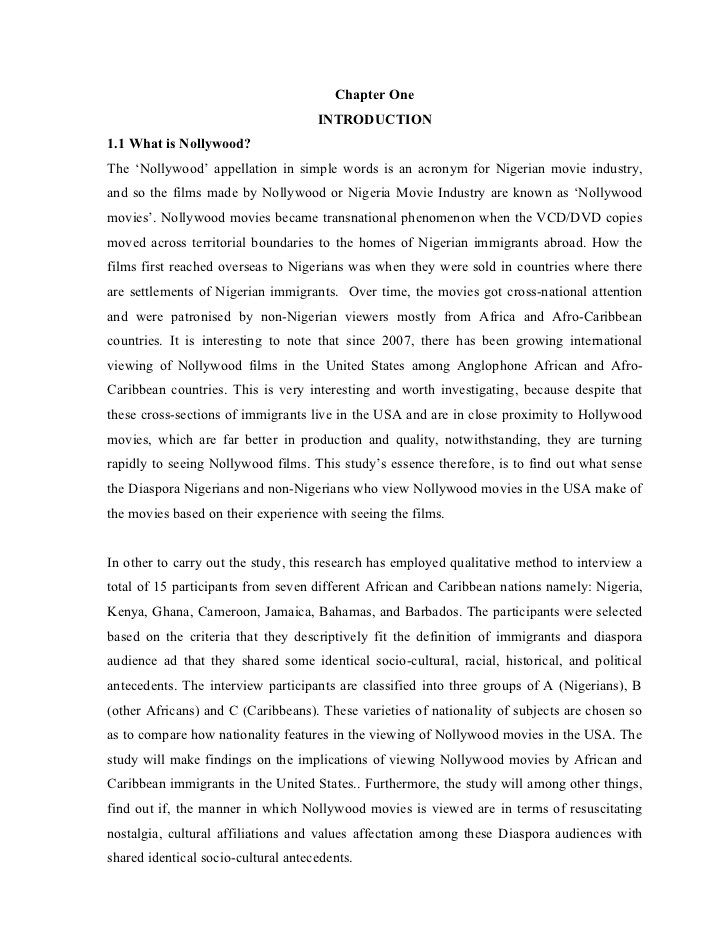Making Sense of Variable Interest Entities
Post on: 2 Июль, 2015 No Comment

California CPA magazine: May 2008
By Mark Dauberman, CPA
When FASB issued FIN 46(R), many assumed it applied only to large entities using special purpose entities to keep liabilities off of their balance sheets. It turns out FIN 46(R) also applies to many situations involving closely held entities.
FIN 46(R) defines a variable interest entity (VIE) as “an entity subject to consolidation according to the provisions of this Interpretation.” So, if consolidation is necessary, you have a VIE; if not, you don’t. When determining whether an entity is a VIE, I will refer to it as a potential VIE (PVIE).
What’s the Fuss?
Consolidation has commonly been limited to circumstances where an entity has a majority voting interest in another. FIN 46(R), however, describes relationships where an entity may have a controlling financial interest in another with little or no equity or voting interest.
Assume that engineers have developed a program that a large software company (L) wants. The engineers form a small entity (S) with a small amount of equity and enter into a contract with L. To enable S to hire employees and pay for other business costs, the contract compensates S for its good faith efforts, regardless of whether the product can be delivered to specification. L has no equity in S, but has a seat on its board.
If everything goes as planned, S will develop the software, deliver it to L at a profit and pay its bills. If not, L may incur losses, just like lenders or other parties that contracted with S.
These entities hold variable interests in S, so as the value of its resources change, so do the resources or obligations of the others. Under these circumstances, S may be a VIE and L may have a controlling financial interest.
Now consider a small manufacturing company (M) that is leasing its facilities from R (for rental entity), an LLC. An individual is the sole equity holder in both M and R. A bank provided M and its owner nonrecourse financing to purchase the facilities. As you’ll see, R may be a VIE and either M or the bank may have a controlling financial interest.
A reporting entity can apply FIN 46(R) by asking three questions:
1) Is the relationship exempt?
2) Does the PVIE have characteristics of a VIE?
3) Does the reporting entity have a controlling financial interest?
If the answer is yes to all three, the PVIE is a VIE and the reporting entity must prepare consolidated financial statements.
Is the Relationship Exempt?
FIN 46(R) might apply when two entities enter into a relationship. FIN 46(R) does not apply, however, if the PVIE is not an entity. If, for example, the owner of M purchased the real estate as an individual, rather than through an LLC, FIN 46(R) would not apply. The pronouncement defines an entity as “any legal structure used to conduct activities or to hold assets.” It may be a corporation, partnership, LLC, or grantor or other type of trust.
Still, even if the PVIE is an entity, FIN 46(R) identifies nine situations where it does not apply, often because other pronouncements dictate the accounting. Two in particular are worth noting.
First, if the relationship was established prior to Dec. 31, 2003, the reporting entity may not be able to determine if the PVIE is a VIE or if the reporting entity is the primary beneficiary. Nor may there be sufficient information to prepare consolidated financial statements. FIN 46(R) will not apply as long as the reporting entity was unable to obtain the necessary information after making an exhaustive effort. It will apply if the information becomes available.
Second, FIN 46(R) does not apply if the PVIE is deemed to be a business, which the interpretation defines as “a self-sustaining integrated set of activities and assets conducted and managed for the purpose of providing a return to investors.” However, even if the PVIE is deemed to be a business, FIN 46(R) still applies if one or more of the following conditions exist:
The reporting entity or related parties participated significantly in the design of the PVIE.
Substantially all of the PVIE’s activities involve or are on behalf of the reporting entity or related parties.
The reporting entity or related parties provide more than half of the total equity, subordinated debt and other forms of subordinated financial support to the PVIE based on fair values.
The PVIE’s activities are primarily related to securitizations or other forms of asset-backed financings or single-lessee leasing arrangements.
In our earlier example, the small entity the engineers formed may qualify as a business and be exempt if none of these conditions exist. In our second example, with the sole shareholder of the manufacturing company being the single member of the rental company, it is unlikely that the business exemption will apply.
Does the Entity Have Characteristics of a VIE?
Whether the PVIE has characteristics of a VIE and whether the reporting entity has a controlling financial interest is determined when the relationship is established. A PVIE has the characteristics of a VIE if any of three conditions exist:
The equity at risk is not sufficient;
At-risk equity investors lack one or more of the characteristics of a controlling financial interest; or
Other factors indicate that equity holders lack a controlling financial interest.
Equity at risk: Equity (all interests that participate in profits and losses) must be sufficient to finance activities without additional financial support and is assumed insufficient if it is less than 10 percent of total assets unless qualitative, quantitative or a combination of factors indicate otherwise. If equity is 10 percent or more, it must still be analyzed to determine if sufficient.
Qualitative factors include whether the entity has supported its operations without subordinated support or whether it has at least as much equity as similar entities operating without subordinated support. If a conclusion cannot be drawn on the basis of qualitative factors, quantitative factors will also be considered, such as whether equity exceeds expected losses, described below.
Characteristics of a controlling financial interest: These include the ability to make decisions about the entity through the exercise of voting rights, the obligation to absorb expected losses and the right to receive expected residual returns. If investors are protected from expected losses, guaranteed a return or have a limit on their participation in residual returns, they lack characteristics of a controlling financial interest.
To measure expected gains and losses (Exhibit A):
1) Evaluate possible outcomes and assign a probability to each.
2) Calculate anticipated future cash flows under each outcome, which may be the mean of a range of outcomes and multiply it by the probability.

3) The total of these amounts is the expected cash flows.
4) Outcomes yielding cash flows greater than the expected amount represent gains. Each difference is multiplied by its probability. The total is expected residual gains.
5) Outcomes yielding cash flows lower than the expected amount represent losses. Each difference is multiplied by its probability. The total is expected losses.
6) The amounts will be measured at fair value, ordinarily present value when dealing with future cash flows.
When investors receive all profits and absorb all losses, even if the entity has characteristics of a VIE, they would have a controlling financial interest and consolidation is not appropriate. If there were a limit on the amount investors can earn, whoever receives the residual returns would be a variable interest holder.
If investors are guaranteed a return, someone absorbs the difference when income is lower. Likewise, if there is a limit on investor losses, someone absorbs the excess. These parties would be variable interest holders.
Does the Reporting Entity Have a Controlling Financial Interest?
The entity with a controlling financial interest is the primary beneficiary and is required to prepare consolidated statements. It is the entity that absorbs the majority of expected losses and receives the majority of residual returns. If that is not a single entity, the one absorbing the majority of losses will be the primary beneficiary, although it is possible that there is none. All holders of variable interests, including equity holders, must be considered.
Returning to the example, the following assumptions might be appropriate (Exhibit B):
If the market improves dramatically, M may move to less expensive facilities and R may sell the real estate or rent at the higher market rates, in which case R would receive residual returns.
If the market performs as expected, M will likely pay market rents and R will receive the residual returns.
If the market does somewhat better or worse than expected, M will likely continue to pay the scheduled amount of rents, would receive residual returns and absorb expected losses.
If the property were to decline significantly, M and R may abandon the property and leave the bank to absorb losses.
In Exhibit B, M would absorb the majority of expected losses and R would receive the majority of residual returns.
Then What?
If the reporting entity is the primary beneficiary, it will prepare consolidated financial statements that include the VIE. The amounts will be calculated as if a business combination had occurred on the date of the inception of the relationship and follow the accounting principles included in FASB Statement No. 141(R).
In many cases, ironically, the primary beneficiary may have no equity interest in the VIE. In this case, consolidated financial statements will include the assets and liabilities of the VIE, but a noncontrolling interest will be reported in the amount of the difference.
Mark Dauberman, CPA provides practice management and audit consulting to CPA firms and is enrolled in the Executive MBA program at the Drucker School of Management at Claremont Graduate University. You can reach him at mark@dauberman.com .














